U.S. FDA issued Emergency Use Authorization for new COVID-19 Over-the-Counter at-home antigen test
On Apr. 24, 2023, the U.S. Food and Drug Administration (FDA) authorized Status COVID-19 Antigen Rapid Test for…
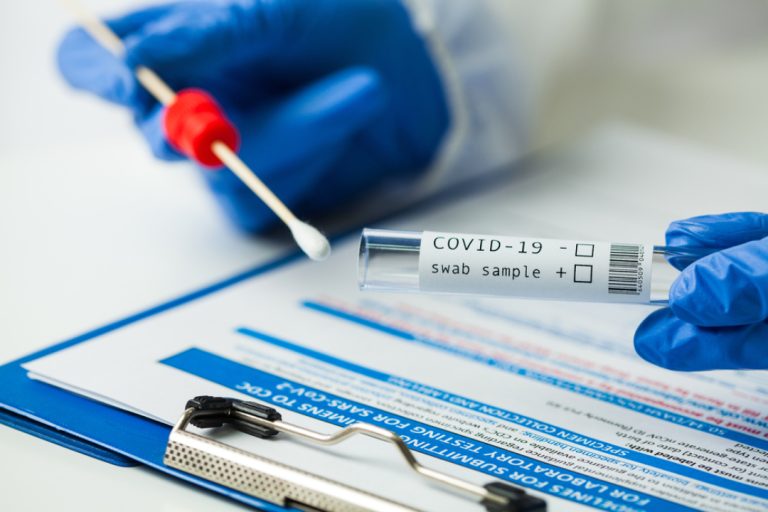
On Apr. 24, 2023, the U.S. Food and Drug Administration (FDA) authorized Status COVID-19 Antigen Rapid Test for…

On Apr. 14, 2023, the U.S. Food and Drug Administration (FDA) issued an emergency use authorization for the…
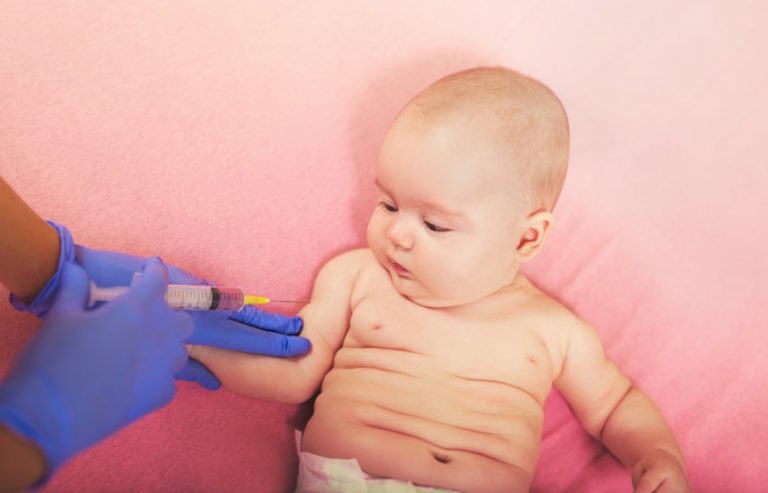
On Mar. 1, 2023, BioNTech and Pfizer announced that they had submitted an application to the U.S. Food…
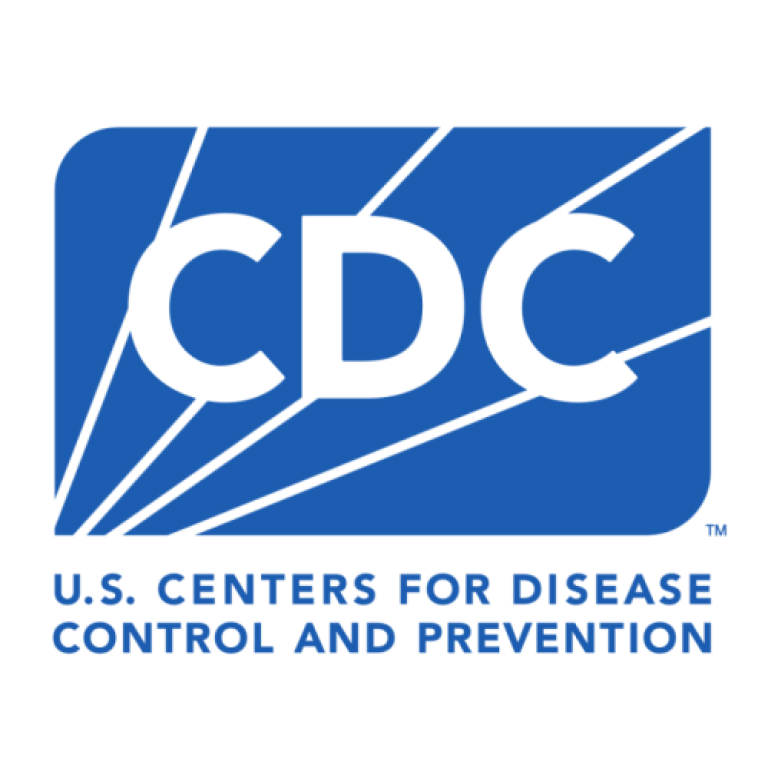
On Jan. 26, 2023, Centers for Disease Control and Prevention (CDC) reported that U.S. household spread of flu…
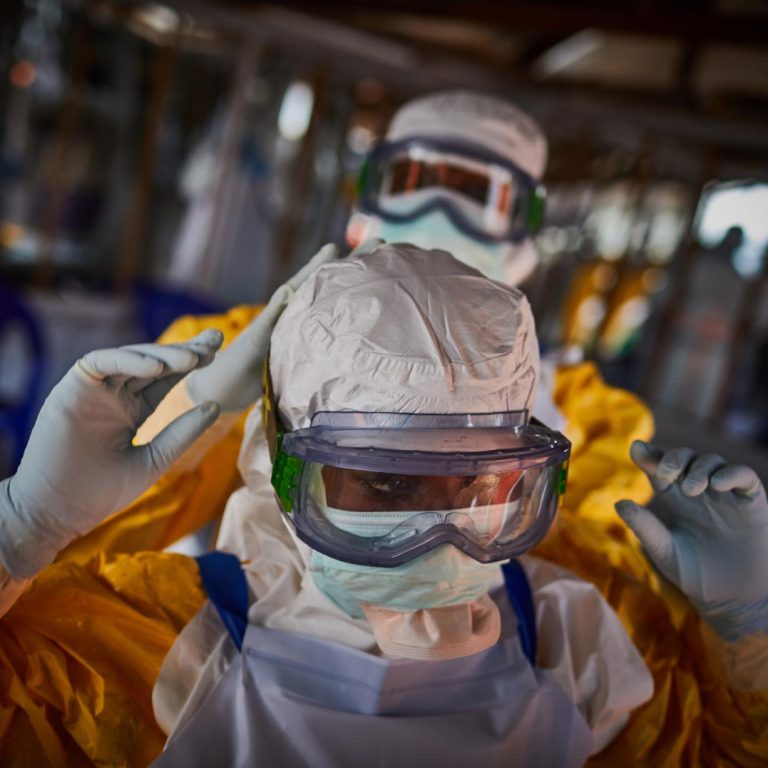
On Dec. 9, 2022, the World Health Organization (WHO) announced that the first doses of one of the…
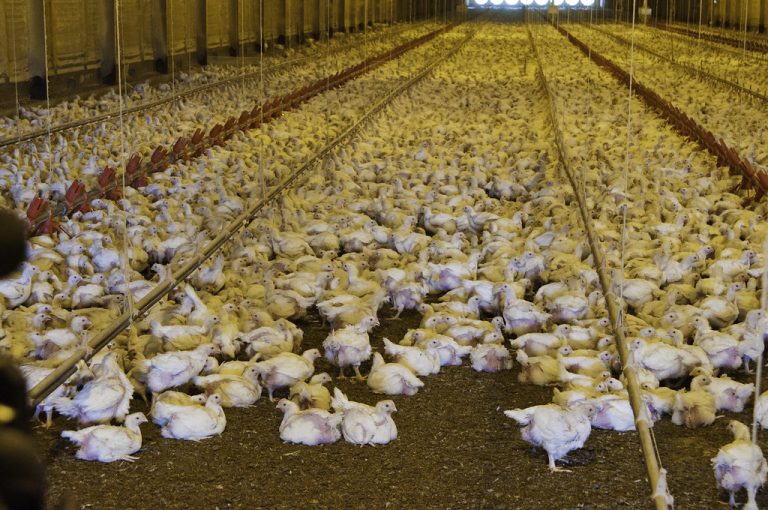
On Nov. 5, 2022, the U.S. Department of Agriculture’s (USDA) Animal Plant Health Inspection Service (APHIS) confirmed the…

On Nov. 3, 2022, Health Canada authorized an adapted version of the Moderna Spikevax COVID-19 vaccine that targets…

On Oct. 7, 2022, the U.S. Department of Agricultures Animal Plant Health Inspection Service (APHIS) confirmed the presence…
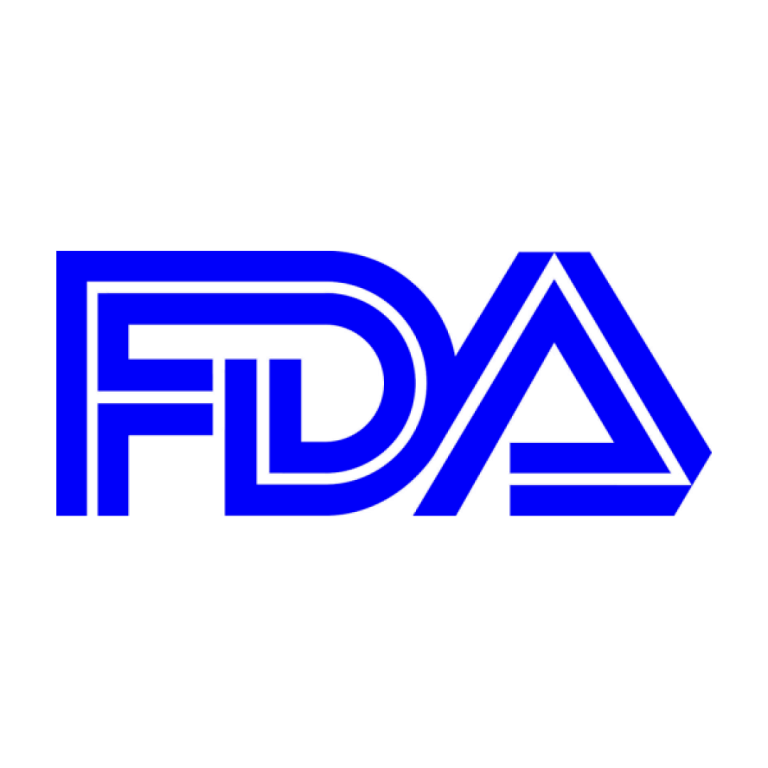
On Aug. 22, 2022, the Food and Drug Administration (FDA) amended the emergency use authorization (EUA) of Moderna…
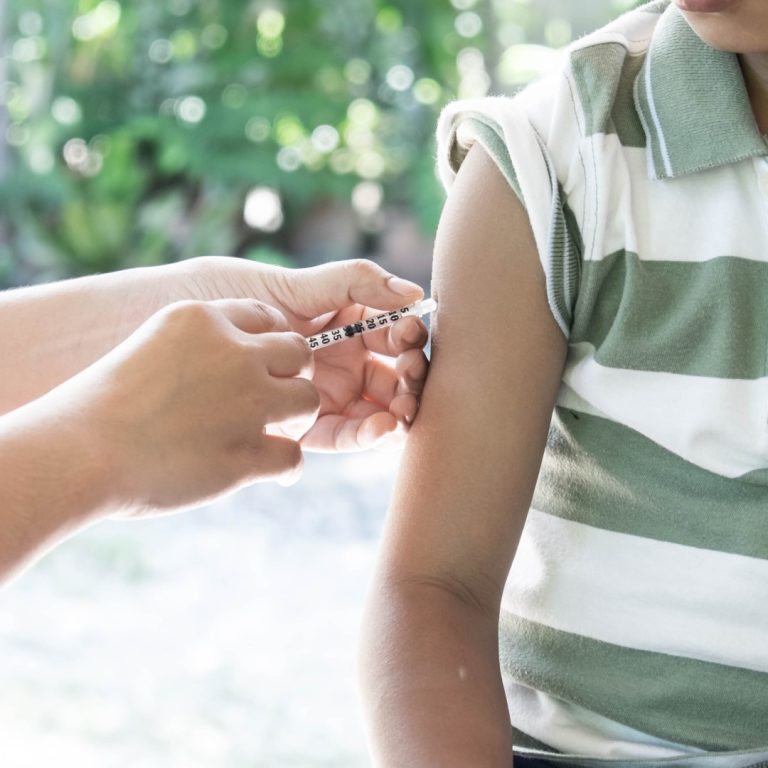
On Aug. 22, 2022, Pfizer and BioNTech announced they had completed a submission to the U.S. Food and…
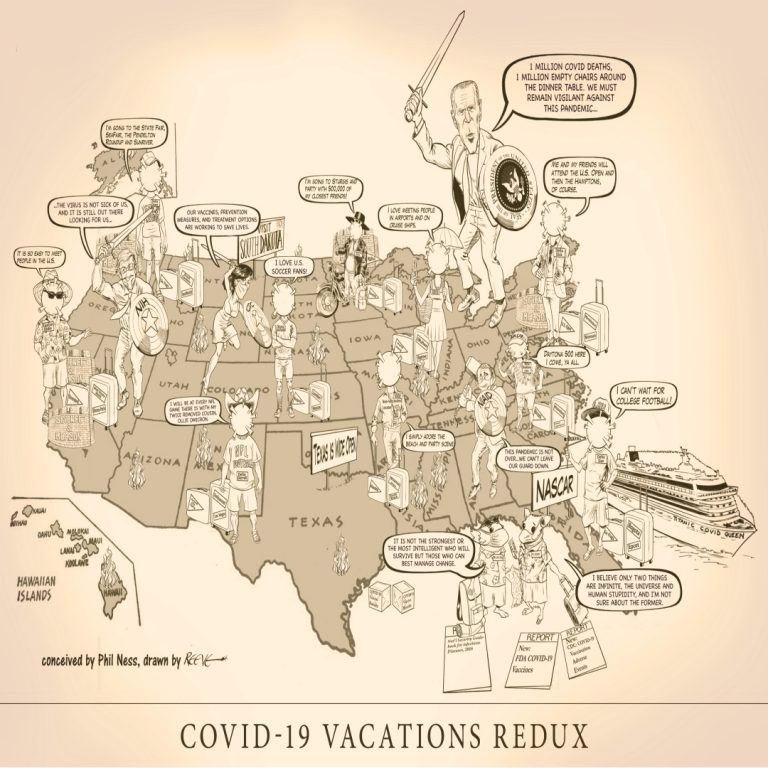
COVID-19 Vacations Redux iIlustrates once again the pits and perils vacation travelers face as they begin their Summer…

Play the COVID-19 Wheel of Fortune and see how lucky you are! You have two wheels to choose…
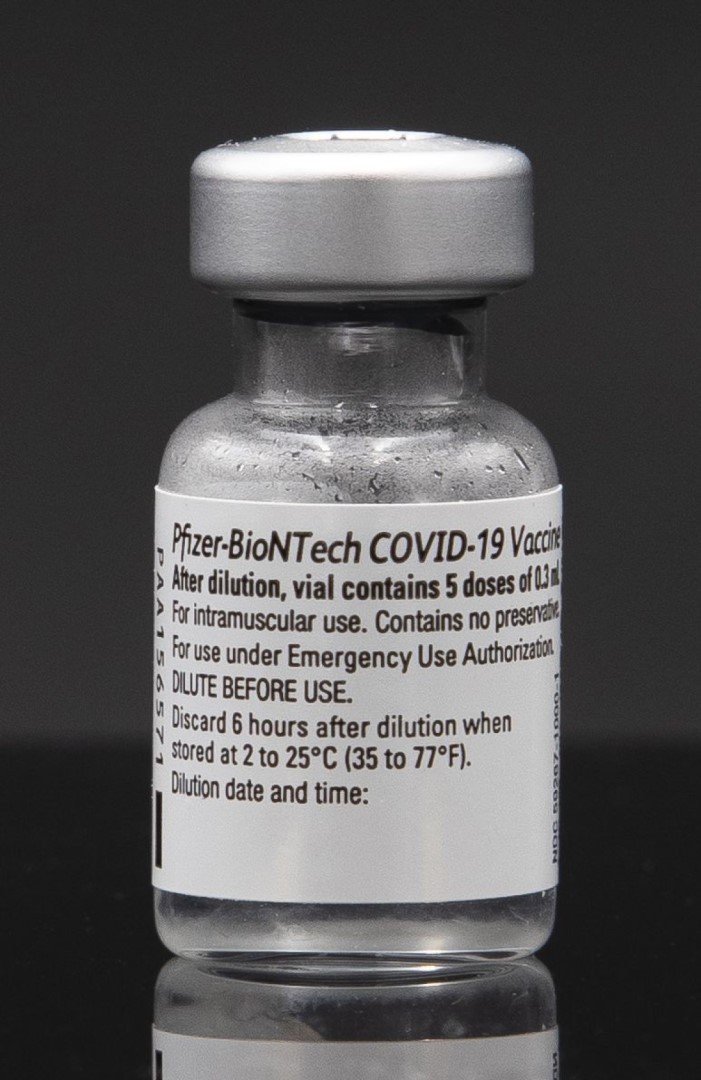
On Jun. 17, 2022, Pfizer and BioNTech announced the U.S. Food and Drug Administration (FDA) had granted emergency…
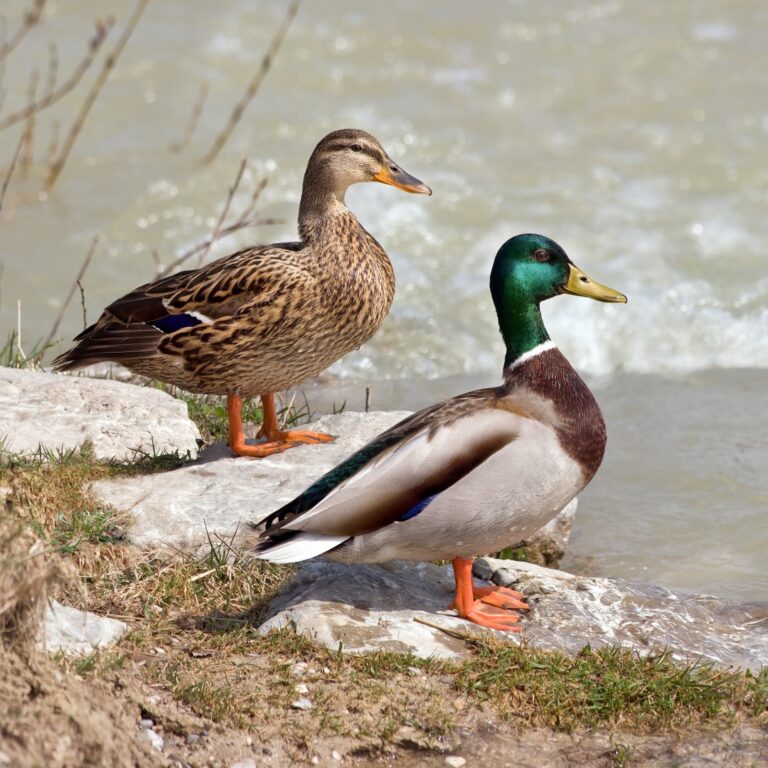
On Apr. 30, 2022, the U.S. Department of Agriculture’s (USDA) Animal and Plant Health Inspection Service (APHIS) confirmed…
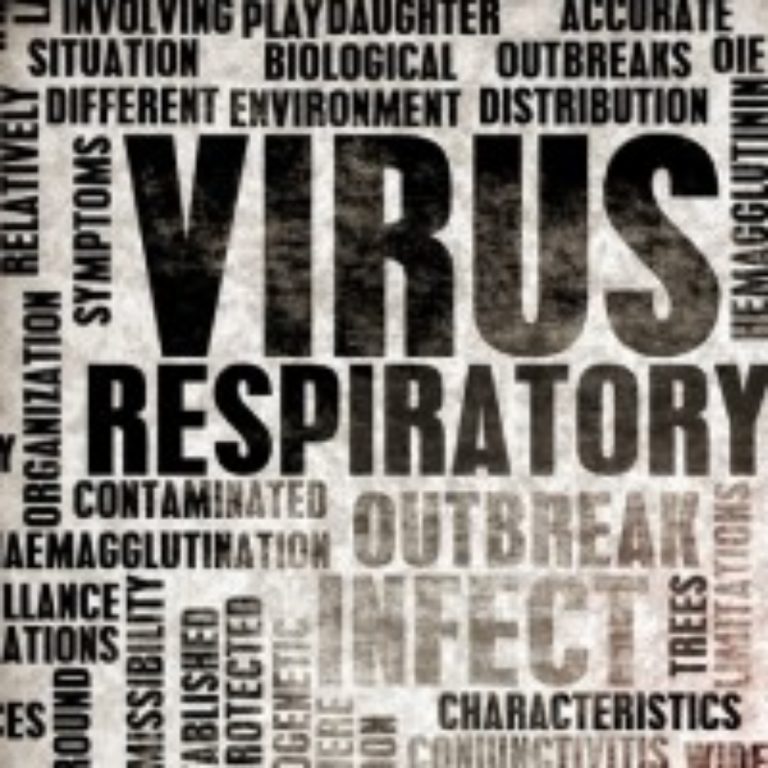
On Apr. 29, 2022, the U.S. Department of Agriculture’s (USDA) Animal and Plant Health Inspection Service (APHIS) confirmed…

On Mar. 25, 2022, the U.S. Department of Agriculture’s (USDA) Animal and Plant Health Inspection Service (APHIS) confirmed…
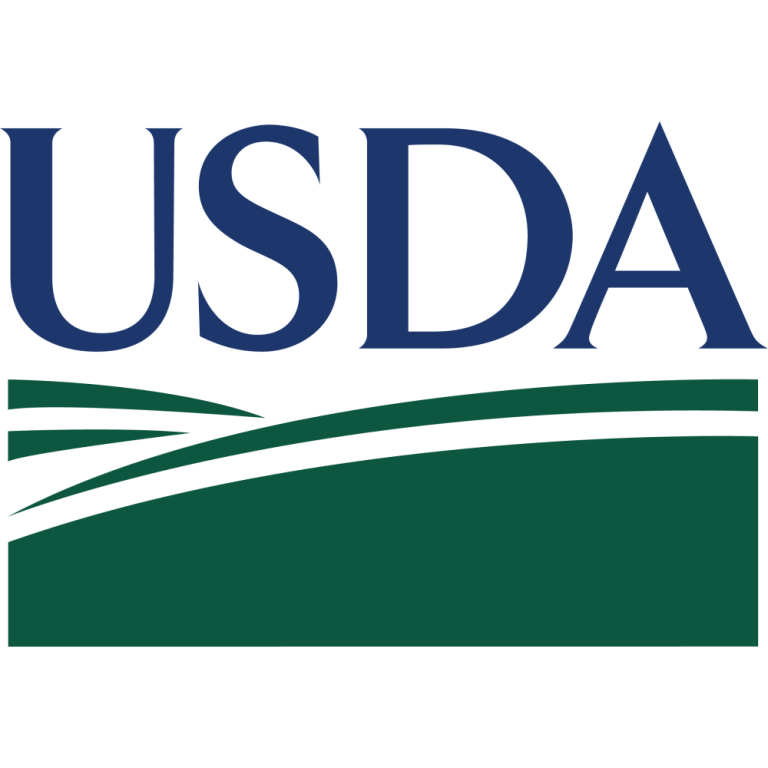
On Mar. 17, 2022, the U.S. Department of Agriculture’s (USDA) Animal and Plant Health Inspection Service confirmed (APHIS)…

On Mar. 16, 2022, the U.S. Department of Agriculture’s (USDA) Animal and Plant Health Inspection Service (APHIS) confirmed…

On Mar. 10, 2022, the Illinois Department of Agriculture (IDOA), in conjunction with the Illinois Department of Natural…

On Mar. 4, 2022, the U.S. Department of Agriculture’s (USDA) Animal and Plant Health Inspection Service (APHIS) confirmed…

On Feb. 24, 2022, the U.S. Department of Agriculture’s (USDA) Animal and Plant Health Inspection Service (APHIS) confirmed…

On Feb. 23, 2022, the U.S. Department of Agriculture’s (USDA) Animal and Plant Health Inspection Service (APHIS) confirmed…
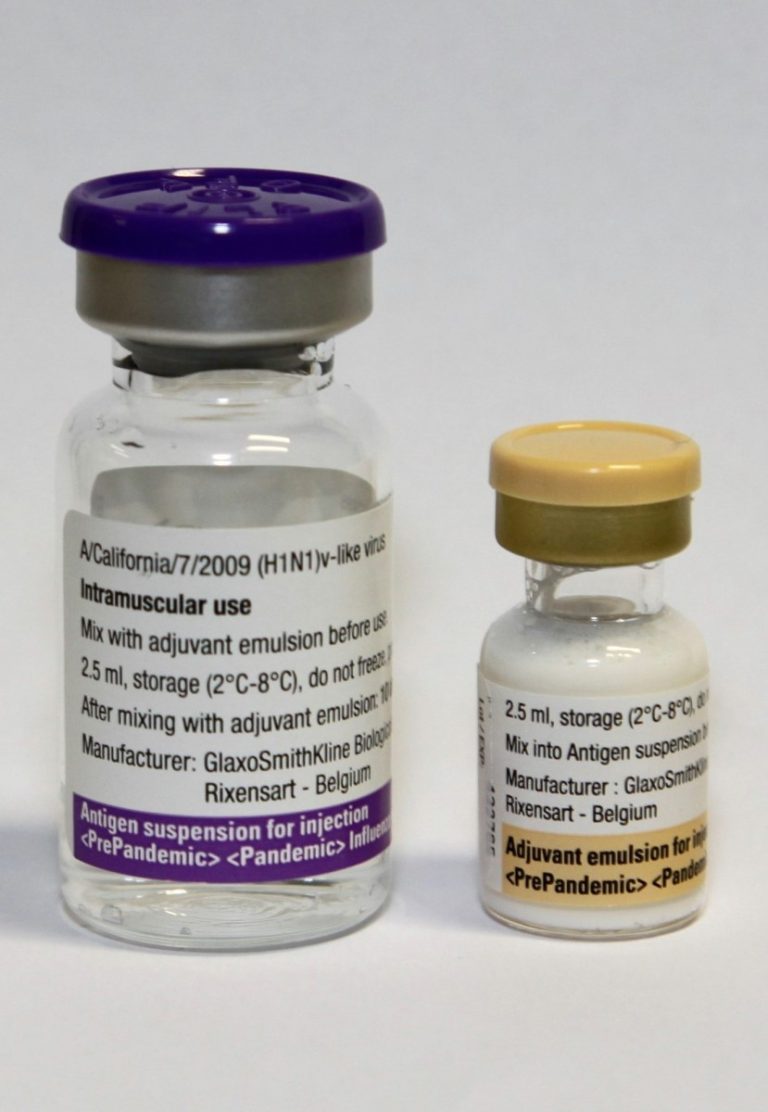
On Feb. 23, 2022, Sanofi and GSK announced that they planned to submit data from both their booster…
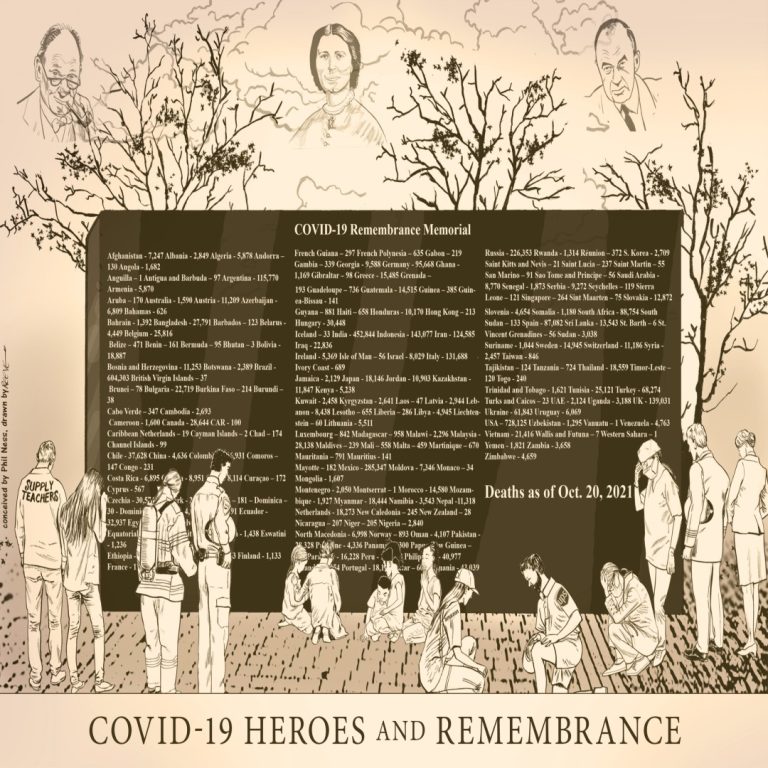
Our Heroes and Remembrance illustration has Maurice Ralph Hilleman and John Enders, pioneering developers of common vaccines, and…

The COVID-19 Roller Coaster is a wild ride, strap yourself in and hold on… Cast of Characters: Senator…
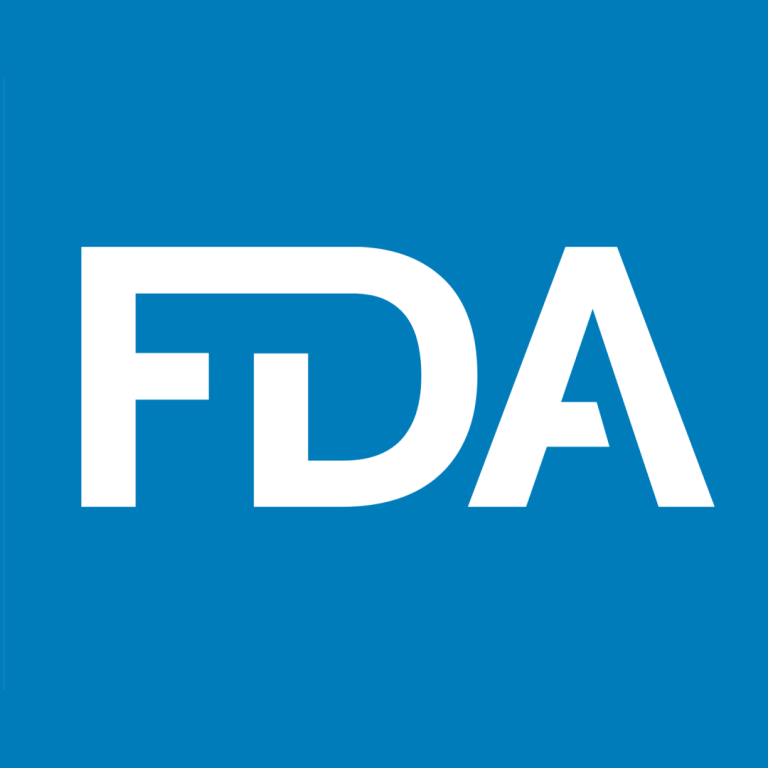
On Nov. 22, 2021, the U.S. Food and Drug Administration (FDA) authorized another over-the-counter (OTC) COVID-19 antigen test. The…
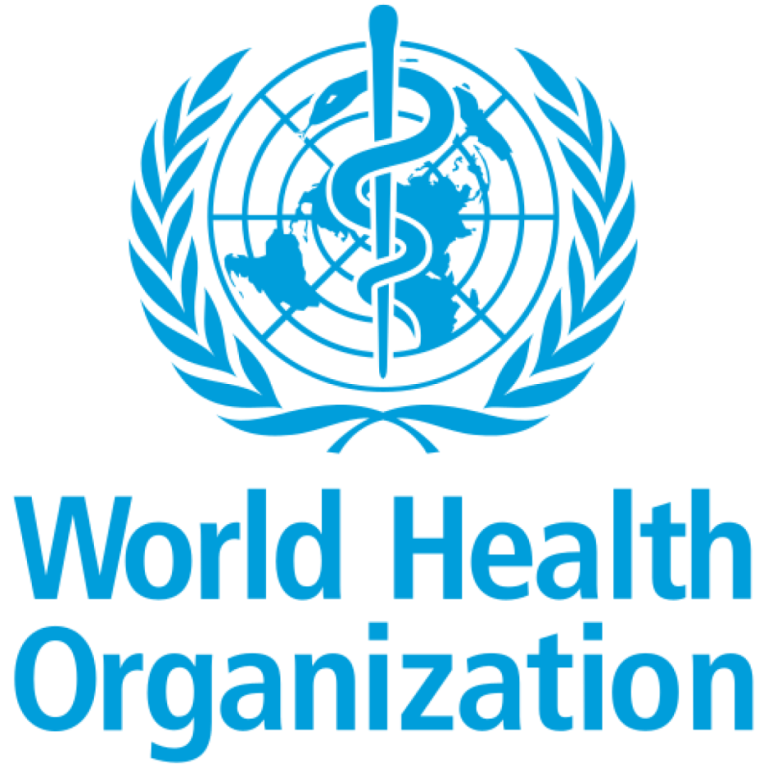
On Nov. 10, 2021, the World Health Organization (WHO) announced that while reported measles cases had fallen compared…
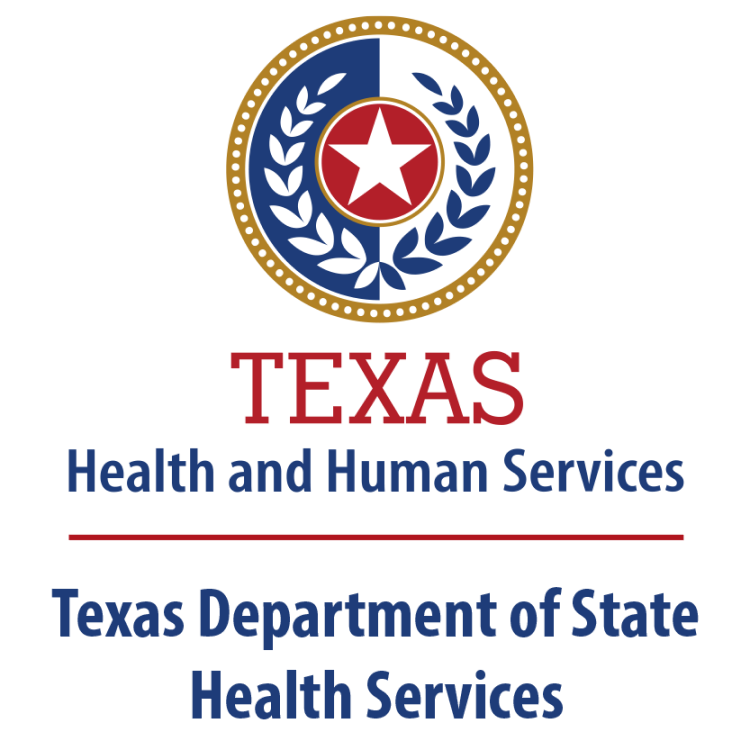
On Oct. 20, 2021, Quest Diagnostics announced it had formed an agreement with the Texas Department of State…
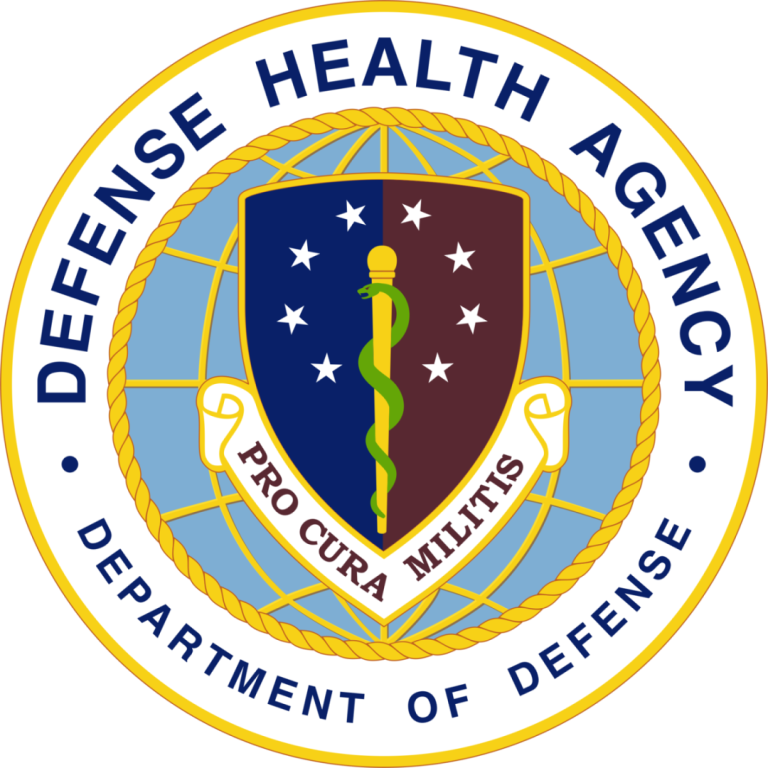
On Oct. 4, 2021, Dynavax Technologies and the U.S. Department of Defense (DOD) announced Dynavax had executed an…
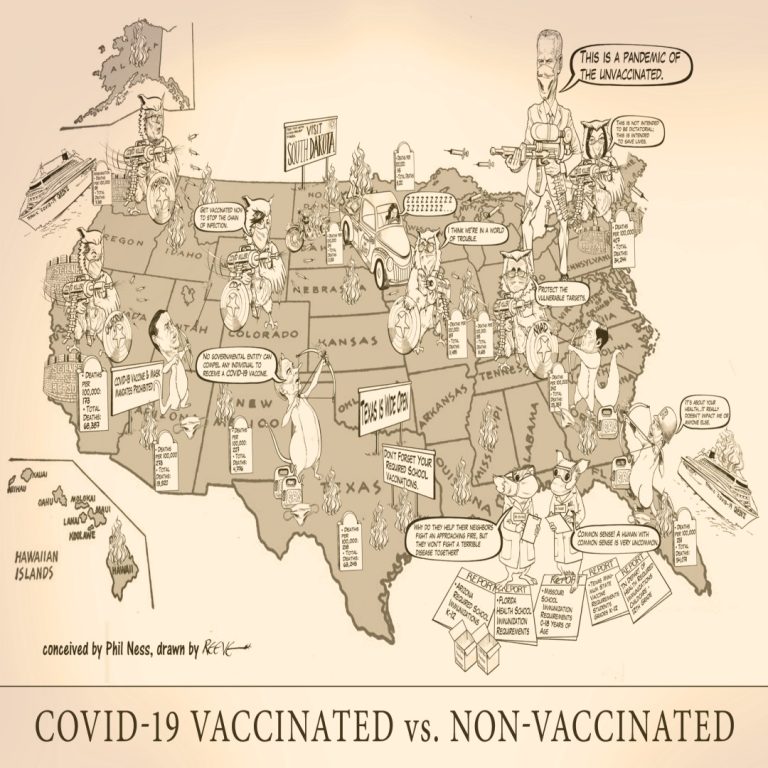
This cartoon illustrates the various issues facing individuals across the U.S. who are vaccinated against COVID-19 verus those…